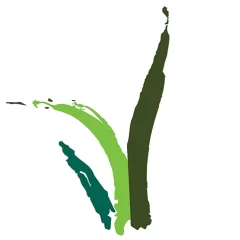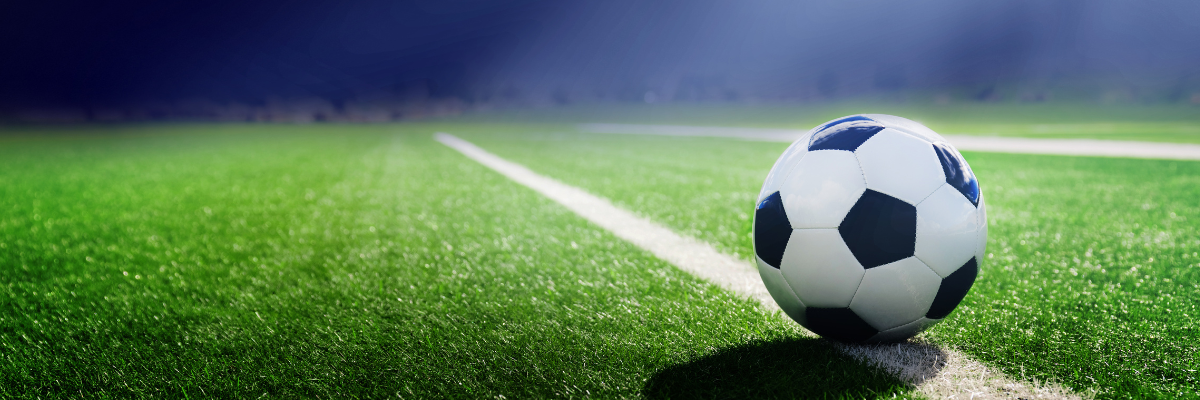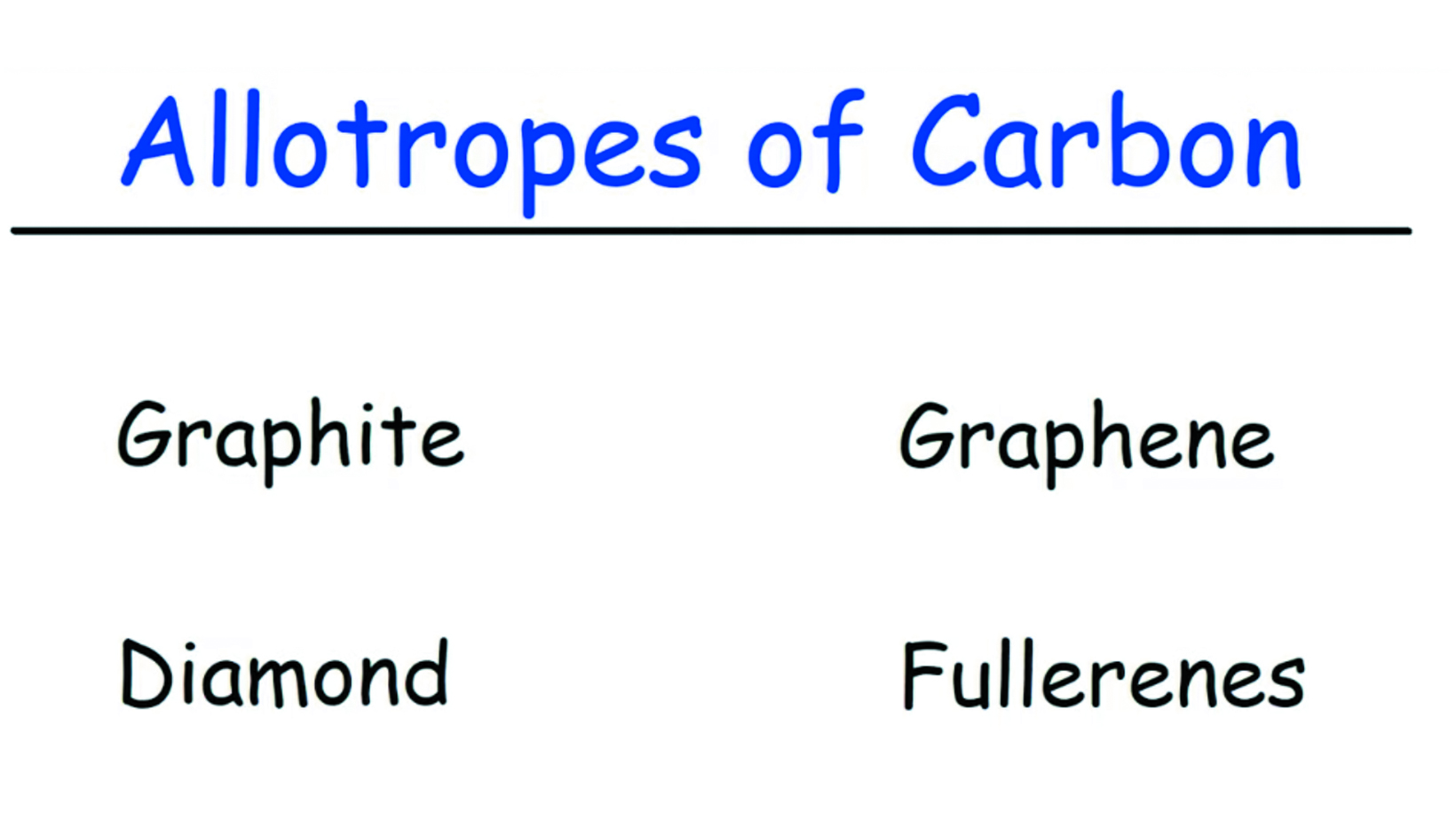U.S. Costal areas, Mexico, the Caribbean, Hawaii, Austrailia, South & West Africa, and South America are all known to use St. Augustine turfgrass. It is known for its thick, dense, lush growth, and attractive dark green color. St. Augustine is a go-to for coastal home owners in the U.S.
It can survive in many soil types but requires more water and cooler climates then Bermuda. Native to the Gulf of Mexico region it has become popular around the world. It is a popular choice for homeowners looking for a beautiful and resilient lawn in warm climates. St. Augustine turfgrass has the ability to tolerate heat, humidity, shade, and salt, which makes it an excellent option for coastal and southern regions.
One of the key advantages of St. Augustine is its shade tolerance. Able to tolerate moderate shade, it is a suitable choice for lawns that receive filtered sunlight. This makes it a great option for lawns shaded by trees or buildings. St. Augustine grass also has good salt tolerance, which is why it is a popular choice for coastal properties, where saltwater exposure is common.
Drawbacks and Growth of St. Augustine
St. Augustine turfgrass does have some drawbacks. It is susceptible to certain diseases, such as brown patch and take-all root rot, particularly in areas with high humidity and poor air circulation. It also requires regular maintenance, including consistent watering, fertilizing, and mowing to keep it looking its best. Be careful in using pre or post-emergence on this turf. Read the label twice to make sure it is compatible with St. Augustine.
St. Augustine turfgrass spreads by stolons only and it can be plugged or sodded. There are a few seed varieties on the market but most are not high quality.
Lastly, mowing heights range from 1″ to 3″. Never cut more than 1/3″ of the grass when mowing.
Review our website to learn more and ask for Greensmiths products by name.




